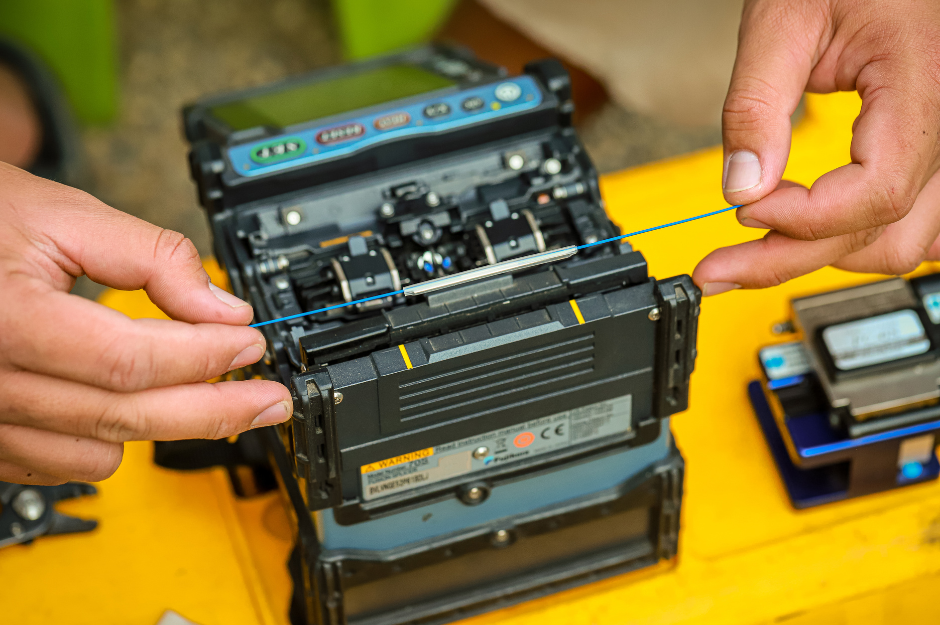Benefits of Fiber Optic Splicing
Fiber optic splicing enhances data transmission speed, reliability, and bandwidth capacity. Your business will have minimal signal loss, improving communication efficiency.
Improved Signal Quality
Fiber optic cabling enhances signal quality by creating a seamless connection between optical fibers. This minimizes signal loss and interference, resulting in clearer and more reliable transmission. The high precision of splicing ensures optimal performance for communication networks.
Increased Network Reliability
By providing a strong, stable connection, fiber optic splicing reduces the risk of network downtime. The spliced fibers are less prone to environmental damage and mechanical stress, for consistent network performance and dependable communication for users and businesses.
Cost-Effective Maintenance
Fiber optic splicing allows for efficient repair and maintenance of fiber networks. Instead of replacing entire cables, damaged sections can be spliced, saving costs on materials and labor. This method extends the life of the fiber infrastructure.
Enhanced Scalability
As networks grow, fiber optic cabling facilitates easy expansion by connecting new fibers to existing infrastructure. This flexibility supports increasing data demands and network upgrades, by allowing integration and scalability without significant disruptions or expenses.
High Bandwidth Capacity
Spliced fiber optic cables support high bandwidth, accommodating the growing data transfer needs of your business’s technology. This capacity is essential for applications like streaming, video conferencing, and cloud computing, for fast and efficient data handling across networks.

